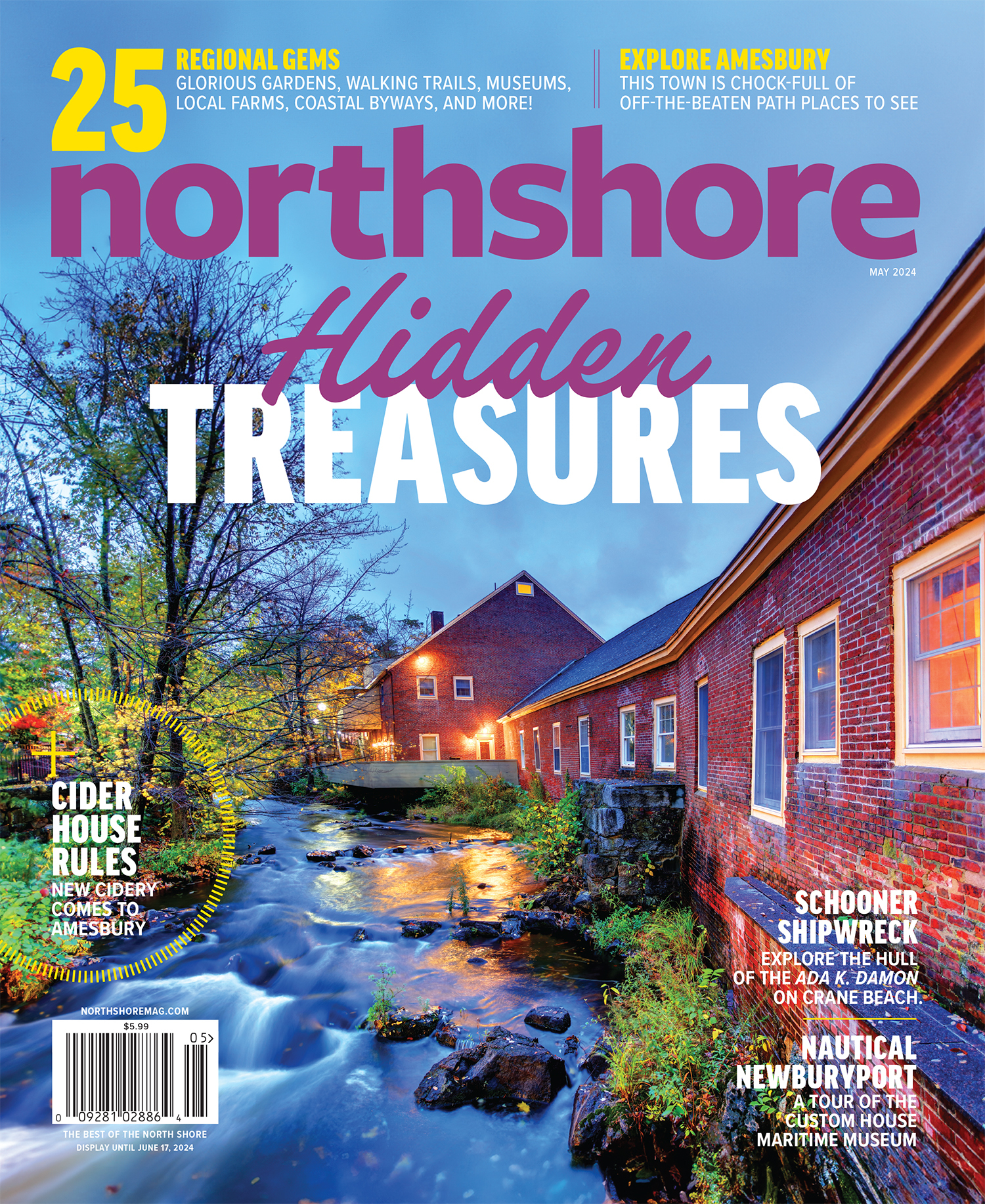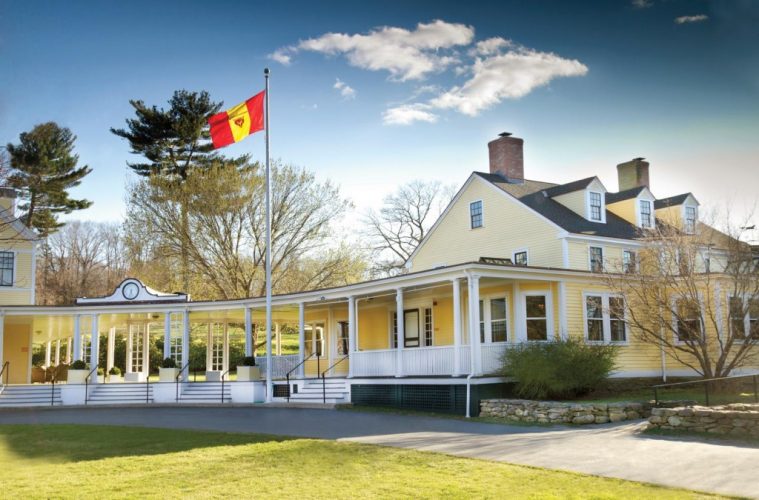Myopia’s historic Club House has borne witness to 120 years of hunting, golf, and polo history, as well as created a few sporting legends of its own. By Andrew Conway
A wonderful story, recounted by Edward Weeks in his book Myopia 1875-1975, describes an early polo match at Gibney Field with a family team, the Carys, from Buffalo. “The visitors had a pure blood line with three of the four players being brothers,” writes Weeks, “but one of the boys had a bad fall and lay unconscious on the sidelines.
“The game was stopped for a time, whereupon Mother Cary, who came with the team to back up her boys, was heard to say: ‘Why this delay? Bring on another Cary and let the game proceed!’
“The fourth brother was duly produced, the polo togs (including riding boots) transferred from the unconscious brother to the conscious one and the game did go on, with Buffalo coming out the winner, or so I believe.”
Whether the story is true or apocryphal, it speaks volumes about the indomitable spirit and passionate sportsmanship that are the foundation stones of the oldest active polo club in America and its historic Club House.
Nestled in bucolic countryside and surrounded by polo fields, an 18-hole golf course, tennis courts, a swimming pool, riding paddocks, stables, and kennels, this delightful Club House has borne witness to 120 years of hunting, golf, and polo history and created more than a few sporting legends of its own. Incorporated as the Myopia Hunt Club in 1892, the classic Colonial building actually dates back to 1772. It was first commissioned by Colonel Robert Dodge, whose family lived there until 1866, when the property was sold to local farmer John Gibney (hence Gibney Field).
The Myopia Club originally started as a gentleman’s sporting club in Winchester, Massachusetts, in 1875-several of the founding members were short-sighted and wore glasses, which led to lighthearted banter and the official name of the club-but it soon needed more open space as the fox hunting division of the club expanded. Myopia Fox Hounds leased land from the Gibneys and first hunted in Hamilton in 1882. They established the Myopia Hunt Club the following year, leased the farmhouse until 1891, and bought the building and incorporated it as the new Club House in 1892.
While fox hunting was the primary sport, the first polo game was played on Gibney Field in 1888. Golf was formally introduced six years later-four U.S. Opens were played here, the last one in 1908-and outdoor sports such as tennis, three-day eventing, and other equestrian disciplines were later added to the club’s charter.
Today, the Club House is a sylvan retreat for 350 private members who enjoy privileged access to all of the superb sporting facilities and one of the most beautiful, charming, and historic country club houses in America.
A peek inside the unassuming front door reveals a welcoming entrance hall, which opens to the wood-paneled Polo Room, decorated with vintage photographs, and informal Men’s Bar (in name only today), the venue for a well-earned drink after a round of golf or a few chukkas of polo. Cozy sittings rooms to the left of the entrance hall lead to two elegant dining salons overlooking the 18th hole, the more formal Parker Room and Card Room, and a grand Ballroom and patio, which hosts social functions through the year.
Quirky touches abound, such as the original wooden lockers behind the entrance hall, which once concealed liquor during the Prohibition era and still contain bottles belonging to current members who like to drink their own tipple at the 19th hole. An adjacent building, known as the Lower Club House, features more dining and leisure facilities, and an impressive 26-stall stable block is a hive of human and equine activity during the annual summer polo season.
While the Club House remains private, open only to members and their guests, it has welcomed many international dignitaries over the decades, including Queen Elizabeth’s daughter Princess Anne, who is an accomplished equestrian, Princess Grace of Monaco, and some of the best polo professionals and players in America and around the world.
It would be easy to think of Myopia as an ivory tower, devoid of social conscience, but nothing could be further from the truth. Conservation and land preservation have been two of the club’s raisons d’être since its inception, and today’s membership is no less passionate about those important causes. A century ago, Myopia members needed grounds to fox hunt, but in recent years the hunt, polo, and equestrian disciplines of the club have all made great efforts to champion open space for the wider community, supporting local organizations such as the Essex County Trail Association, Essex County Greenbelt Association, and Trustees of Reservation.
The founding fathers of Myopia might have been lampooned for being near-sighted, but their far-sighted approach to creating an exclusive private country club with a heartfelt community spirit was nothing short of visionary. Even Mother Cary would approve.
Â

